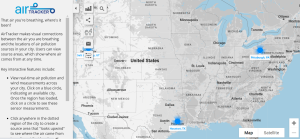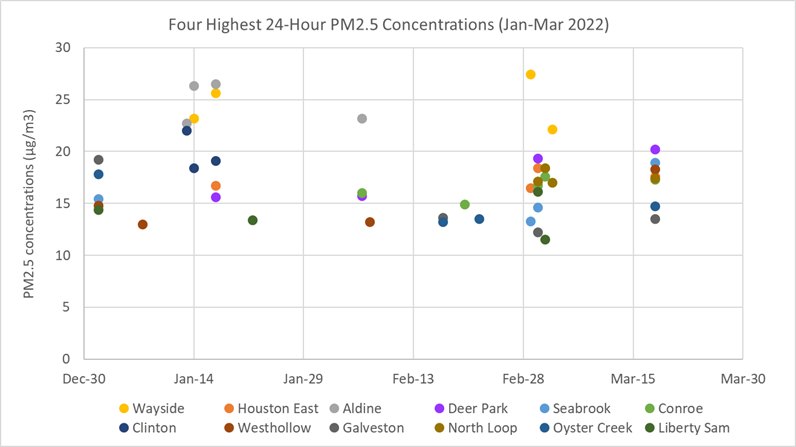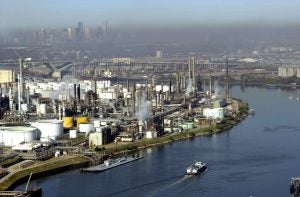Jim Morris is the Executive Director and Editor-in-Chief of Public Health Watch, a nonpartisan investigative news site focused on the prevention of illness, injury and premature death. Public Health Watch’s coverage of health inequities, environmental injustice and the impact of pollution on communities includes this in-depth look at toxic air pollution in Harris County, Texas.
How did you first get interested in public health?
I got into journalism in 1978, and I became interested in the petrochemical industry while working in Galveston, Texas, near the chemical plants and refineries along the Houston Ship Channel. I spent nine years as an investigative projects reporter with the Houston Chronicle in the 1990s, and that’s where I really decided that this should be the focus of my career: toxic exposures in the workplace and communities.
I felt like most journalists weren’t paying attention to these issues. When something blew up, of course, that was front-page news. But the rest of the time, workers were dying of cancer, community members were dying prematurely, kids had asthma, and nobody was paying attention. People would say, “That’s just the way it is.” I never thought that should be the way it is. Laws are supposed to protect workers and the public.
You launched Public Health Watch last summer, and your series on air pollution in Texas, and specifically this feature on the fight to hold polluters accountable in Harris County, tells a powerful story about the people exposed to the health harms of air pollution. What are you hoping to accomplish with this site?
There are other nonprofit news outlets that are great at what they do, but we want to go much deeper. We’re not going to run away from a 10,000-word story if we think that’s what it takes to get someone engaged in a topic. Especially for something like air pollution–we’re in a good position to connect the dots and go deeper.
In the Harris County piece, we connected voter suppression with pollution control, when most wouldn’t necessarily make that connection. The ability to choose your local elected officials really can have an impact on things like environmental enforcement. It’s a cliché, but it’s about trying to go much deeper than the usual “this happened yesterday.”
We’re going to stay focused on this topic of Texas air pollution at least for the rest of this year. We have four to six substantial investigative pieces in the works. This doesn’t include shorter, newsier pieces.
What role can investigative journalism play in bringing about change for communities most impacted by air pollution?
Well, with this story, we don’t know yet. But just looking at social media–the story was being shared and liked by people we had never heard of before. People from all over the world. It was pretty remarkable and indicated to us that we had struck a nerve or done something beyond the ordinary. And a Texas state representative from Houston said she was “deeply disturbed” by our findings and would propose legislation next year to crack down on polluters.
We’re not expecting miracles here. Rarely do you see immediate impact; I’ve done projects where I’ve found out years later that something I wrote led to a policy change. The more of these stories we do, however, the greater the chances of impact.
What gives you hope?
People like [Harris County Attorney] Christian Menefee and [Harris County Judge] Lina Hidalgo–young elected officials of color who genuinely care about the people in fenceline communities. They’re doing what they can to crack down on chronic air pollution. Those two are genuinely inspiring. If you get enough people like them holding local and, ultimately, state office, that’s when you’ll see real change.














